EDSA 1986 memories of a young reporter
EDSA 1986 was a news coverage of a lifetime. We were witnesses to history that can’t be changed by false narratives in social media. EDSA is a story I will never get tired of narrating to future generations.
At 5 p.m. on Feb. 22, 1986, I was writing a crime story when my then The Manila Times editor Vergel Santos ordered me to stop what I was doing and to return to my beat–Western Police District in Manila–to observe the situation.
At that time, the Times newsroom was in a warehouse in Roxas District in Quezon City, at the back of the offices and printing presses of Tagalog “komiks,” the main business of the Davila family.
Something must be brewing, I thought when asked to drop everything and observe what was happening around Malacanang Palace on a lazy Saturday afternoon.
Minutes earlier, the Times defense reporter, the late Danny Florida, had called up the newsroom telling editors that then defense minister Juan Ponce Enrile and Armed Forces vice chief of staff, lieutenant general Fidel V. Ramos, were calling for a hasty press conference.
There were rumors of a coup d’etat following reports of military unrest. The political opposition called for a civil disobedience after accusing the late dictator Ferdinand Marcos of stealing the snap elections.
An election watchdog, the National Citizens' Movement for Free Elections or Namfrel, claimed Marcos’ opponent–Corazon “Cory” Aquino, the widow of assassinated opposition leader Benigno “Ninoy” Aquino Jr.–won the balloting but there were reports of rampant vote-buying, harassment, intimidation and ballot box snatching during the polls.
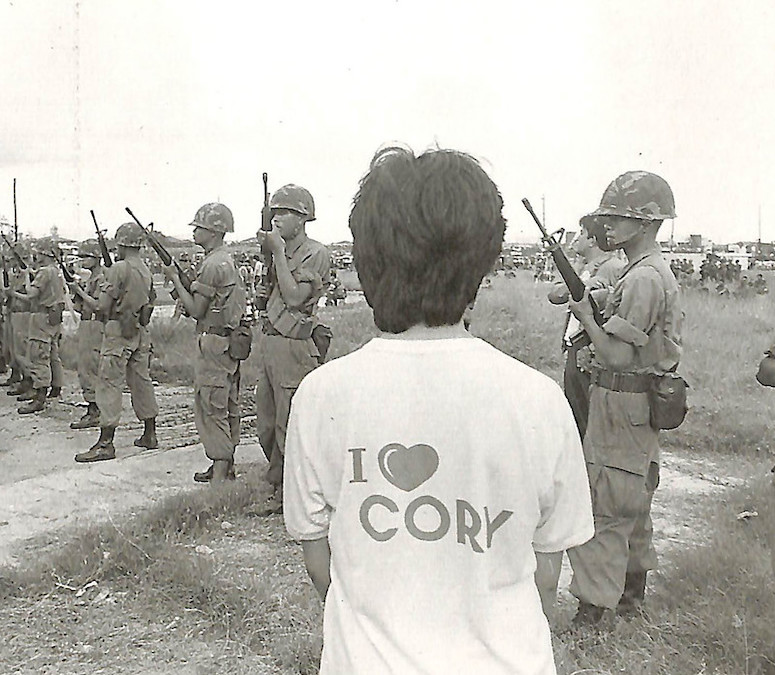
My editors–the late Noel Cabrera, Rolly Fernandez, Fort Yerro and Santos–were in a huddle with the Times columnist, Amando Doronila, who had just returned from Australia. They were nervous and worried, something was very wrong. Doronila was really concerned. A pre-martial law journalist, he escaped arrest in 1972 when Marcos placed the country under military rule. He was thinking of returning to Australia, a way out in case of another crackdown.
At 6 p.m., I arrived at the Western Police District after passing through Mendiola Street and around the heavily guarded Malacañang Palace.
“Nothing unusual,” I told the editors by phone. At that time, there were still no mobile phones. Communications were through landline phones. “Everything seems normal, peaceful although the soldiers, in full battle gear, were extra tight at the gates and barricades. The Presidential Security Group has been on full alert since the snap election campaign.”
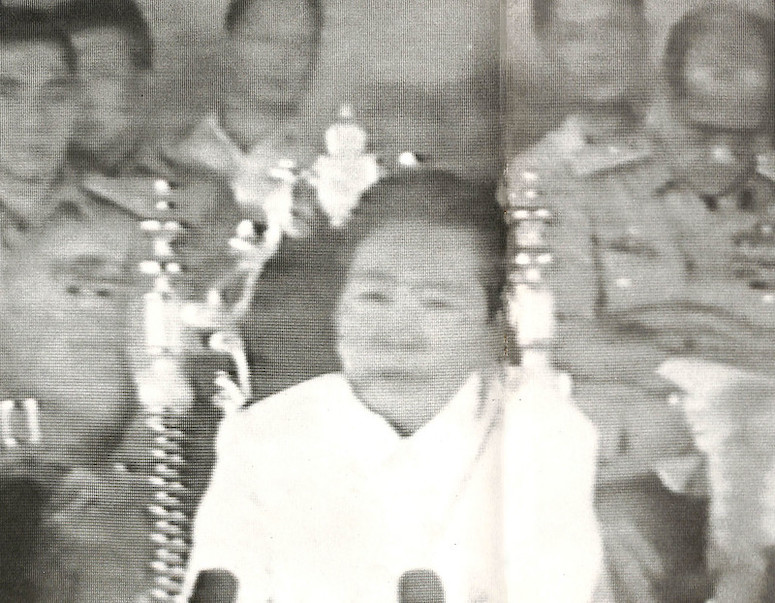
The late Bert Castro, the Times reporter at Malacañang, was nervous when he called up the office saying there was something unusual happening but they were not told what it was. But they noticed the extra security around the Palace grounds. Bert was still inside the presidential palace when the rebel-soldiers fired rockets at Malacañang. (He was at Marcos inauguration on the morning of Feb. 25.)
At 6:45 p.m., all hell broke loose when Enrile and Ramos announced on national television they were breaking away from the dictator.
“I have been associated with the president for more than 21 years,” the 62-year-old Enrile said. “I've served him well over the years. We are here to take a stand. If any one of us is killed, we must all be killed. I don't know what he will do. Martial law never left us, really.”
Ramos, the cigar-chomping 58-year-old general, for his part, declared: “I'm resigning from the Armed Forces of Mr. Marcos. But I'm making myself available to serve the Filipino people. I was only responding to my own long, pent-up feeling. These feelings can no longer be kept unknown to the public.”
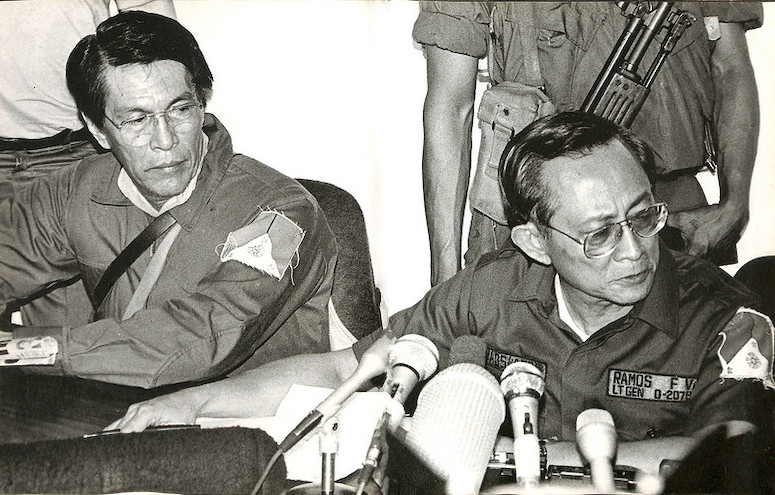
At 7 p.m., I went back near Malacañang Palace and noticed the soldiers had stepped up security. But the streets in Manila were normal as many people were glued to the radio and television waiting for Marcos’ next move. The drama was unfolding fast.
At 8 p.m., I was back at the Roces Avenue newsroom. The Times editors had mapped out the newspaper’s coverage. All hands on deck as we had a lean staff–Malou Mangahas, Sheila Coronel, Alan Robles, Dave Veridiano, Abe Cerojano, and the late Vet Vitug.
Malou was covering Cory Aquino and Sheila was in contact with foreign embassies. Danny stayed the whole time with Enrile and Ramos in Camp Aguinaldo and later in Camp Crame. Bert was also in Malacanang the whole time with other reporters, reporting every move and action of Marcos and his generals led by Fabian Ver.
The police reporters–Dave, Abe and me–were monitoring the radio and were sent out on the streets as the August 21 Movement (ATOM) mobilized its forces, marching from Cubao in Quezon City to EDSA. Butz Aquino, the brother of Ninoy, responded to then-Manila Archbishop Cardinal Jaime Sin’s call to support Enrile and Ramos and protect them from Marcos.
Even the other staff from other news sections went into action–the late Pete Daroy, Margie Logarta, Thelma Sioson-San Juan, Lorna Kalaw Tirol, and Berry Marfori.
The photojournalists–Pete Reyes, Dante Peralta, Rudy Sacdalan and Philip Duquitan–were also on the streets to document the start of what would be the EDSA people power uprising. They were also shooting pictures of military movements as well as dramatic moments of people stopping tanks and soldiers supporting Enrile and Ramos taking over broadcast stations.
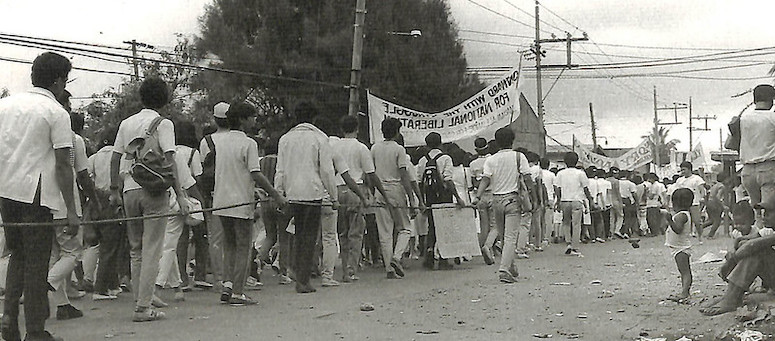
Manila hogged international headlines. The news events were non-stop from the time Enrile and Ramos announced the break from Marcos.
For me, it was the longest night. Exhausted and hungry I fell asleep at 4 a.m. on top of a desk in the newsroom. Two hours later, I was up and pounded the beat again.
The police reporting team was the eyes and ears on the ground, doing people’s stories, and providing color, atmosphere, and drama.
We had the training for these kinds of events but we did not prepare for four days of non-stop coverage. I did not have a chance to return home until midnight of Feb. 25 when the Marcoses had fled to Hawaii.

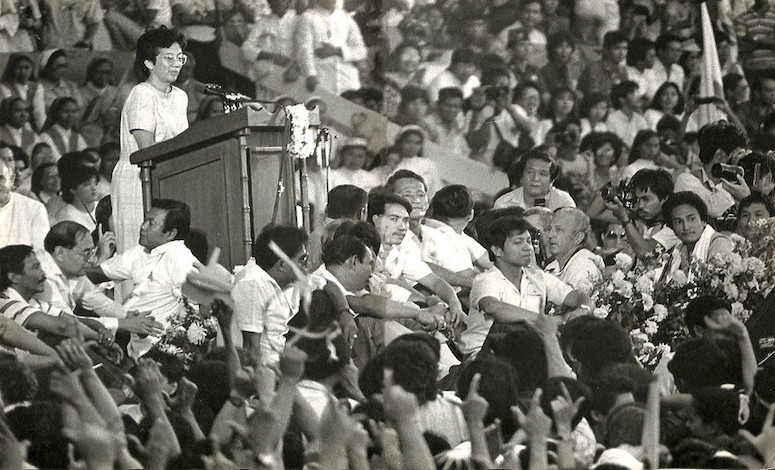
EDSA 1986 was a news coverage of a lifetime. We were witnesses to history which cannot be changed by false narratives in social media.
It was generations ago now and many people chose to forget what happened. But it was a display of unity against a repressive regime. It was a model of peaceful transition of power which served as an inspiration to the world–in Myanmar in 1988 and Germany in 1989.
EDSA is a story I will never get tired of narrating to future generations. It was a time when I was proud to be a Filipino.


